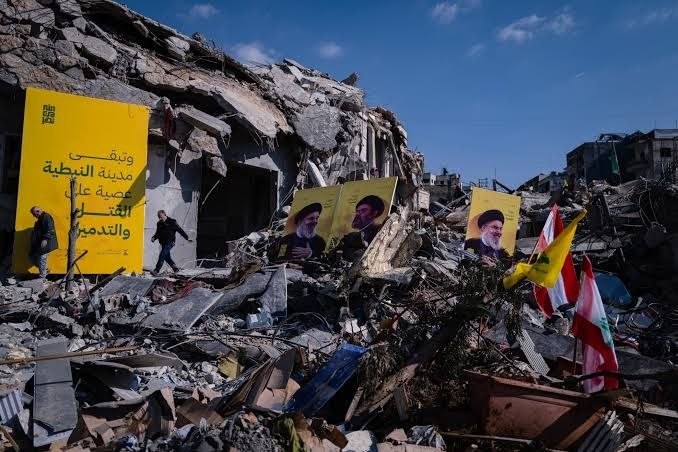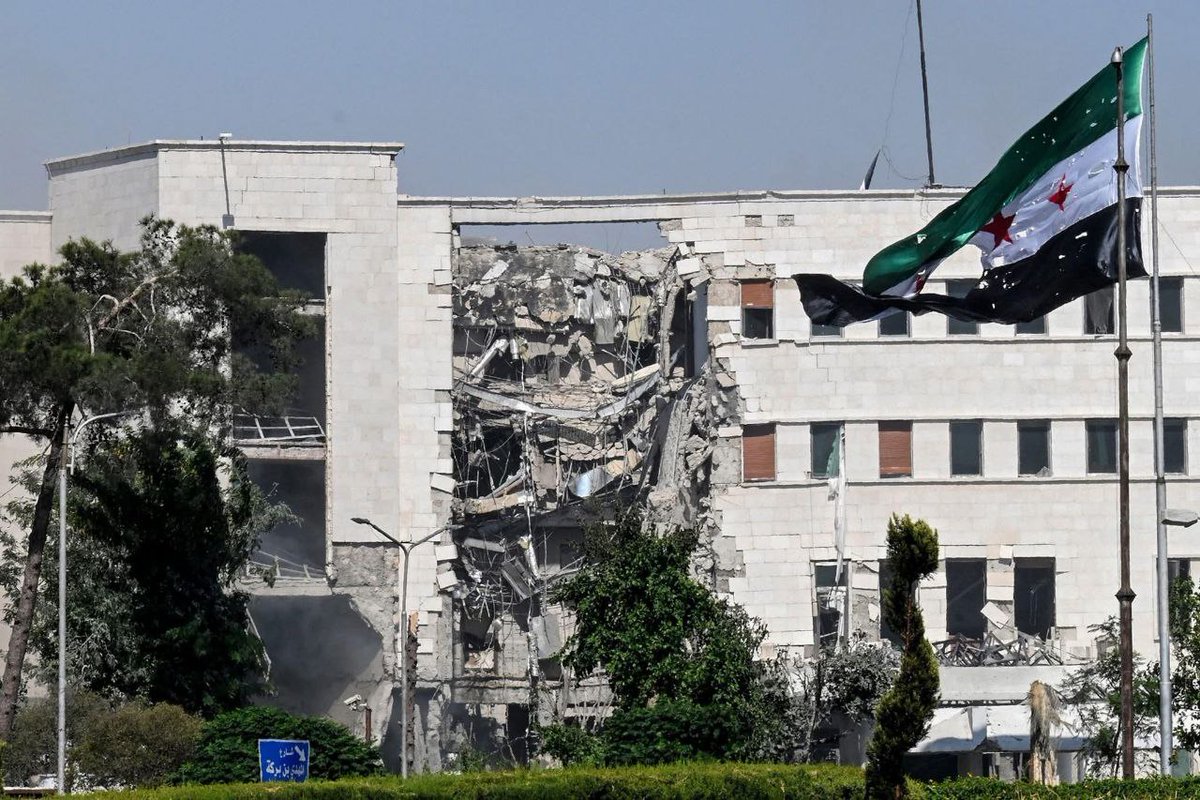Thread : 🧵
Today, Russian Defense Minister Shoigu announced that there are more than 16,000 volunteers ready to support and fight in #Lugansk and #Donetsk if #Russia requests it.
1/11
#Ukraine #USA #NATO #EU #UK #Biden
Today, Russian Defense Minister Shoigu announced that there are more than 16,000 volunteers ready to support and fight in #Lugansk and #Donetsk if #Russia requests it.
1/11
#Ukraine #USA #NATO #EU #UK #Biden

This announcement was not surprising to me or to those familiar with the scene in #Syria in particular and the Middle East in general. In my opinion, #Moscow is able to mobilize more than double that number and has already started accepting recruitment requests.
2/11

2/11


There are two types of militias in the Middle East, one part carrying a religious ideology (like #Hezbollah), and another part in the form of security companies, among which the fighters volunteered for economic reasons (25th Brigade in #Syria).
3/11

3/11


These militias are present in #Lebanon, #Syria, #Iraq and #Yemen. Through its relations with the Iranian regime on the one hand, and its protection of Assad in Syria on the other, #Moscow has built itself a network of relations with the militias of the Middle East.
4/11
4/11
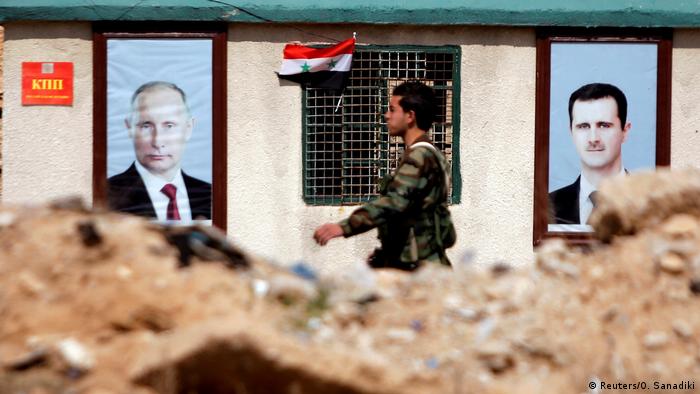
Since its military intervention in #Syria 2015, Moscow has worked to recruit its own mercenaries operating under its orders, headed by the 25th Brigade, the 5th Corps, and the National Defense militias in the Christian towns in northern Hama countryside.
5/11

5/11


Local sources confirmed to me that #Moscow has more than ten offices, managed by Russian officers, spread in southern, central and western #Syria, through which it recruits them for economic reasons.
6/11
6/11
In #Iraq, through Russian-Iranian relations, #Russia cooperated with Iraqi militias to fight in #Syria against the Syrian opposition or even against #ISIS in the Syrian desert. Some of them are ready to fight with Russia in exchange for money.
7/11
#PMU

7/11
#PMU
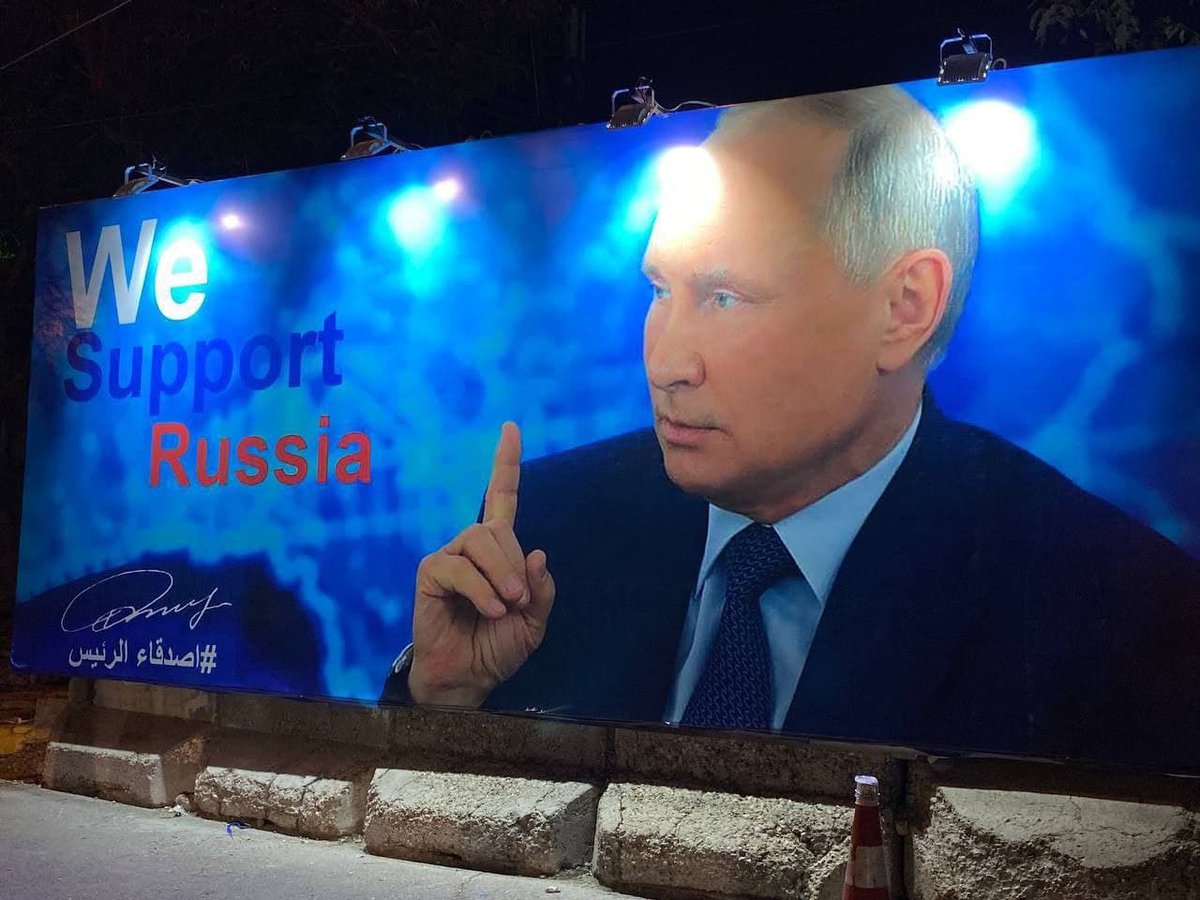
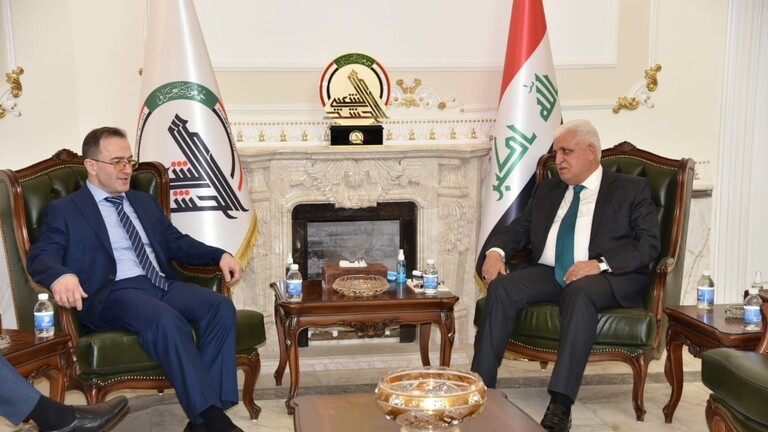
Since the first day of #Russia's invasion of #Ukraine, the #Houthi militia in #Yemen has announced its support for Moscow. Despite the intensification of battles there, fighters from this militia may wish to fight with the Russian army.
8/11
#KSA #UAE
8/11
#KSA #UAE

There are still two militias in the Middle East that are the most trained and experienced in street wars, the Iranian Quds Force and the Lebanese #Hezbollah . Those are directly following Khamenei's orders only, and their participation requires a political decision.
9/11
#Israel

9/11
#Israel
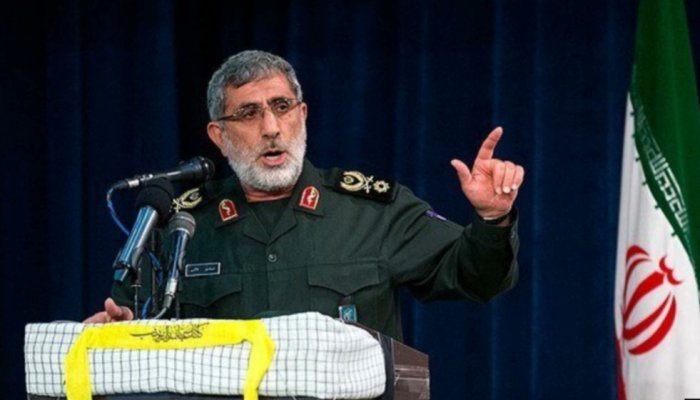
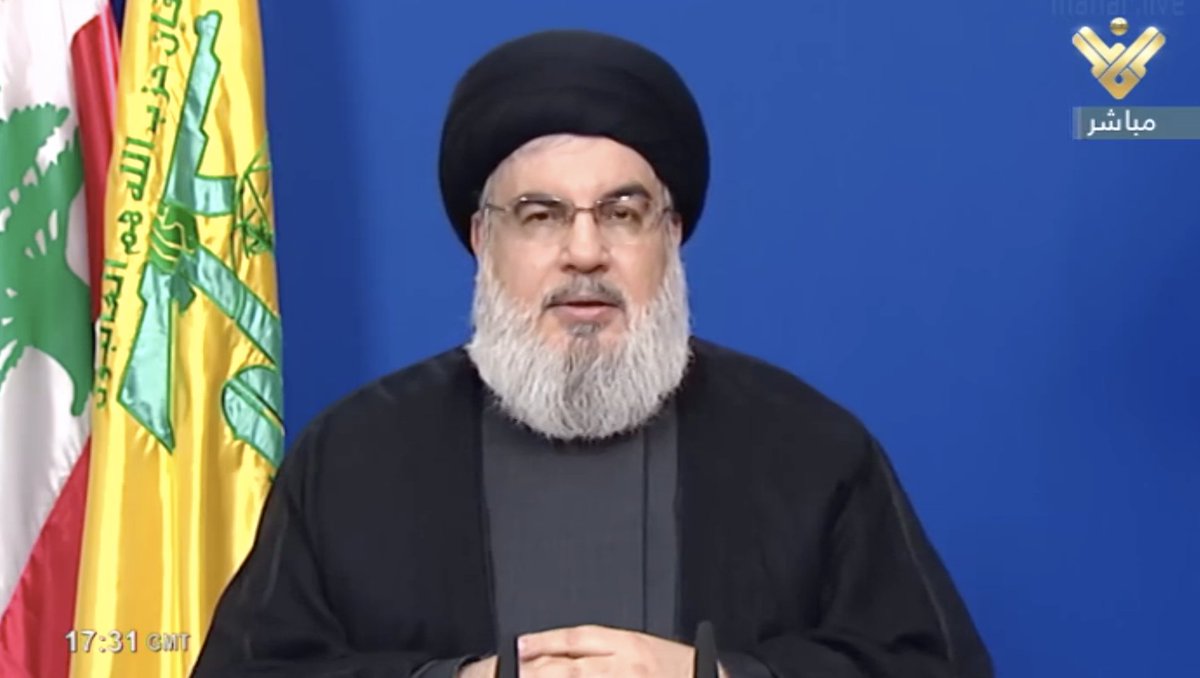
#Putin and Shoigu's threat to bring in "mercenary" militias, confirms Putin's unwillingness to withdraw the Russian reserves and may mean that #Russia is forced to go into long-term guerrilla battles.
10/11
10/11
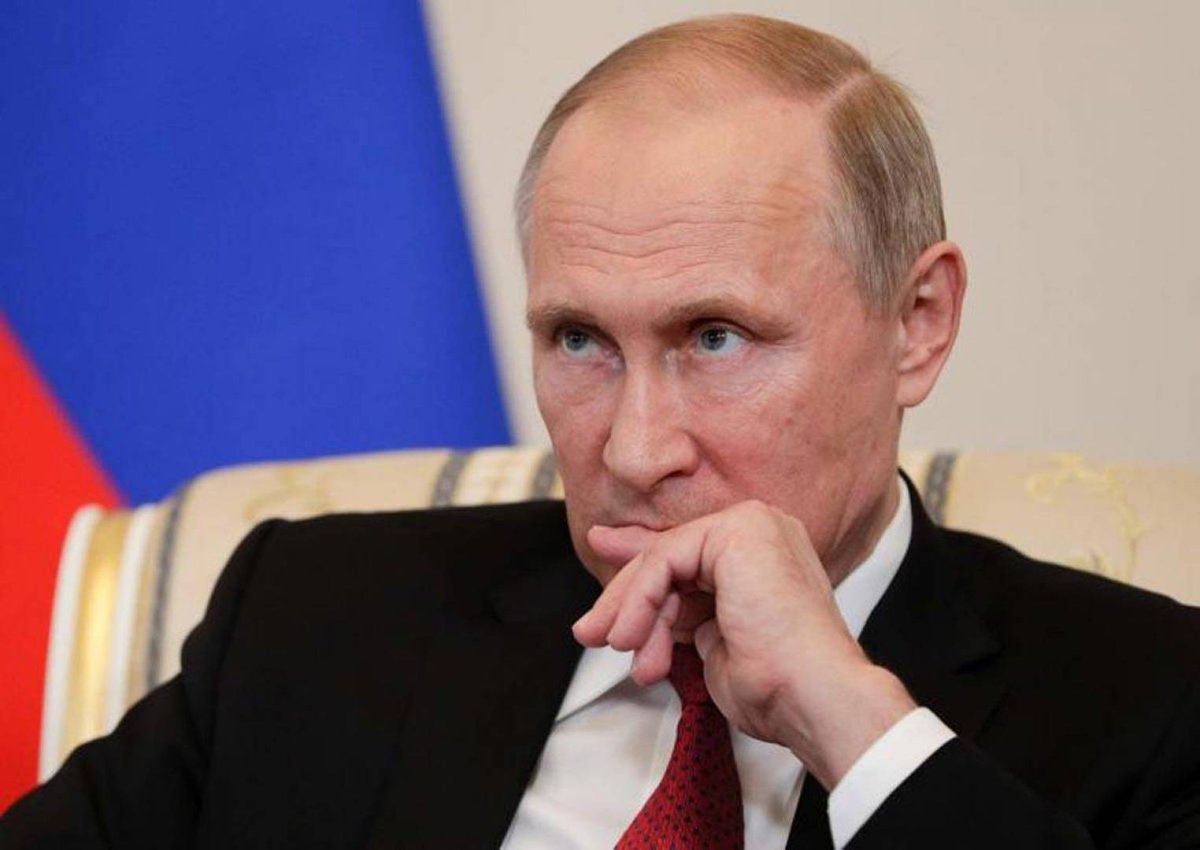
The West should monitor these militias carefully and make it clear that in case of their participation in the Russian invasion in #Ukraine they will be recognised as terrorist, and they will be targeted. The card of terrorism can be another tool in #Putin's hands.
12/12
#USA #EU
12/12
#USA #EU
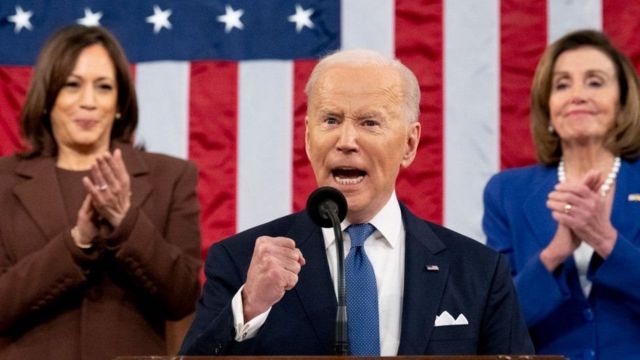
• • •
Missing some Tweet in this thread? You can try to
force a refresh


